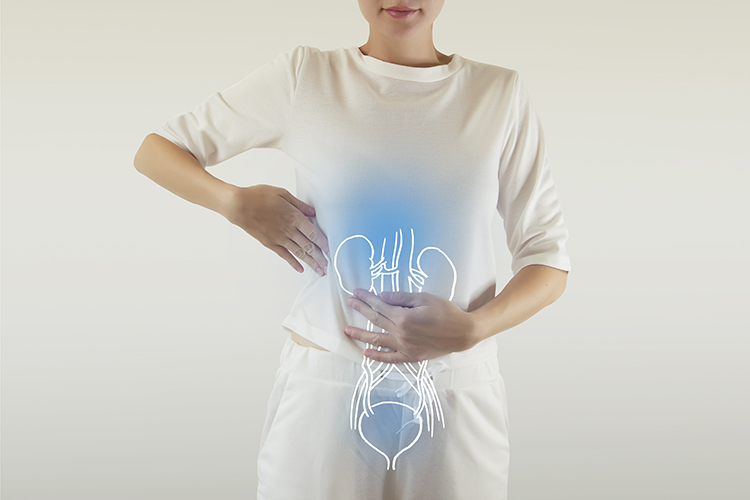Let’s face it. Urinary incontinence is an embarrassing situation and it’s difficult enough to bring it up to your caregiver. Urinary incontinence is defined as the inability to control urine flow. Approximately 13 million people in the United States suffer from urinary incontinence, the inability to control urine flow.
Urinary incontinence is defined as the inability to control urine flow. The condition can occur in four forms: stress incontinence, urge incontinence, mixed urinary incontinence and overflow incontinence, along with a few outliers. A urologist is trained to diagnose and treat each of these conditions
Patients suffering from stress incontinence experience urine leakage caused by an increase in abdominal pressure. Coughing, laughing, sneezing, lifting, or increased body strain may cause the increase in pressure. Urinary urge incontinence is when a patient experiences a sudden urge to urinate and is unable to make it to the toilet. It is often associated with overactive bladder (OAB). Some patients may experience a combination of stress and urge incontinence, otherwise known as mixed urinary incontinence. Lastly, overflow incontinence is when the bladder doesn’t empty and is characterized by frequent urination, or taking just a little off the top. Overflow incontinence can also be associated with stress and urge incontinence.
Tests
Urinary incontinence is diagnosed following a thorough history, exam, and urinalysis and may include cystoscopy or urodynamic testing (the study of urine flow).
Treatments
Urinary incontinence can be initially treated in a variety of ways depending on the type.
Simple Treatments

Stress Incontinence
Start with kegel exercises and timed voiding. You can contract your pelvic floor muscles (the muscle you would contract to prevent passing gas) 20 times for 5 seconds each and repeat this 3 times a day. Doing this strengthens the muscles that hold your urine in. Timed voiding can also help. This is where you go every few hours based on the clock so you never are too full
Urge Incontinence
Limit irritating fluids such as coffee, tea, soda and cranberry. Try bladder training – patients keep a record of their fluid intake, urination schedule, and timing of urinary accidents to set time intervals for urination. Patients then urinate based on a time schedule to reduce incontinent episodes.
Less Invasive Treatments (when simple treatments don’t work)
Stress Incontinence
Patients can be treated with injectable material (bulking agents). This is a 5-10 minute procedure to “bulk up” the urethra. Slings are often used when other methods fail.
Urge Incontinence
Medication is our next line of therapy for OAB and urge incontinence. Ten years ago there were only a couple of choices but now there are many (oxybutynin, Vesicare, Toviaz, etc) along with a new class of medication that facilitates filling (the beta-3 agonist Myrabegron). When meds don’t work we can use nerve stimulation. This can be done with a product called Urgent PC (like acupuncture with nerve stimulation) or an implantable device called Interstim. One new tool we have to treat either patients with neurogenic issues or severe urge incontinence that fails meds is Botox. Yes, it’s the same Botox they use in faces to get rid of wrinkles but here it calms the bladder down for 4-6 months!
